People walk pilgrimage routes for different reasons; religion, looking for change, outdoor adventure, or healing from a personal crisis. Sometimes, it’s all of them at once. That’s what it was like for me when I walked along the Gudbrandsdalsleden path in Norway. I didn’t have a very heavy pack on the trail, but I always have some pretty heavy burdens that I carry in my mind.
I thought about my rocky relationship and my next trip with my niece. Then I thought about my career, about what to write (and wondered if I would ever be strong enough to write it), and thought about happiness, the horrible process of aging, and being alone. My mind was full of burdens weighing down my every step.
After getting a taste of what this Nordic pilgrimage is all about, I offer some other reasons why you should consider taking on the Gudbransdalsleden Path.
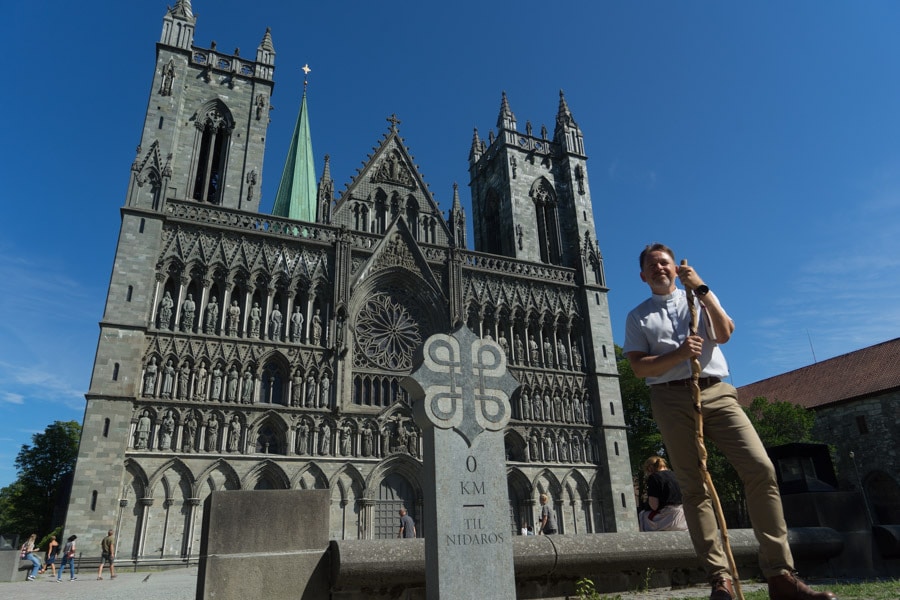
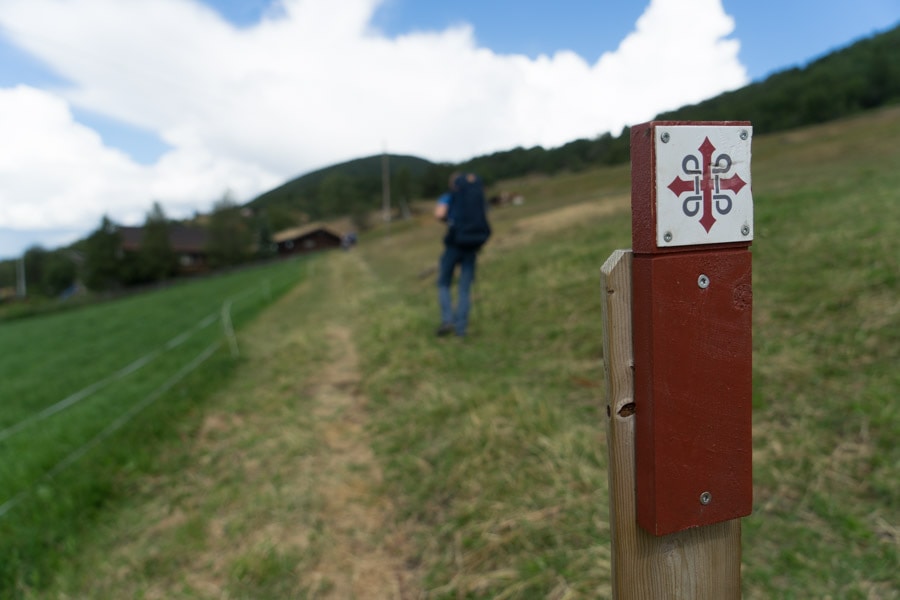
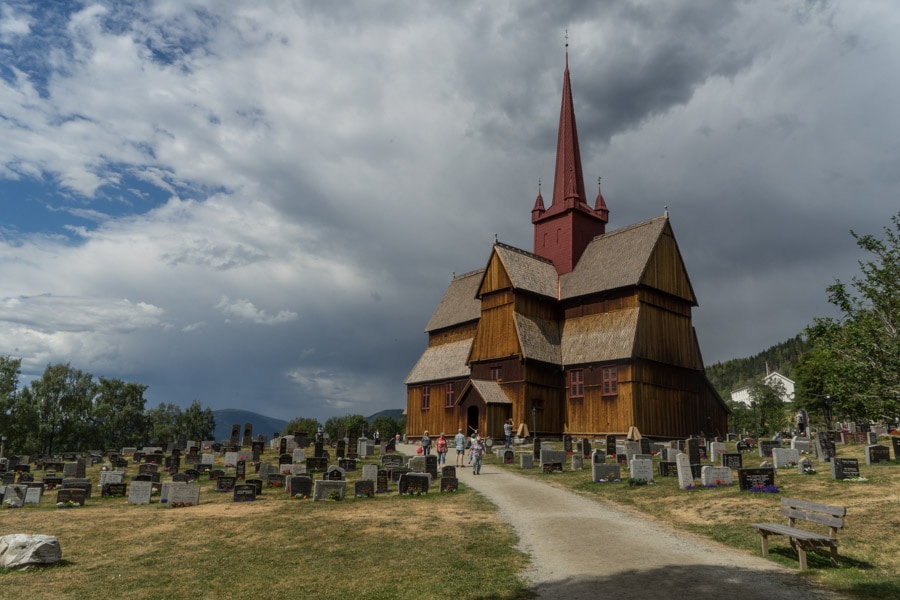
Table of Contents
Where Is the Gudbrandsdalsleden Trail?
Stretching from the vibrant capital city of Oslo to Trondheim, a picturesque city in central Norway, this trail winds through some of the most iconic and diverse regions in the country.
Gudbrandsdalsleden Map
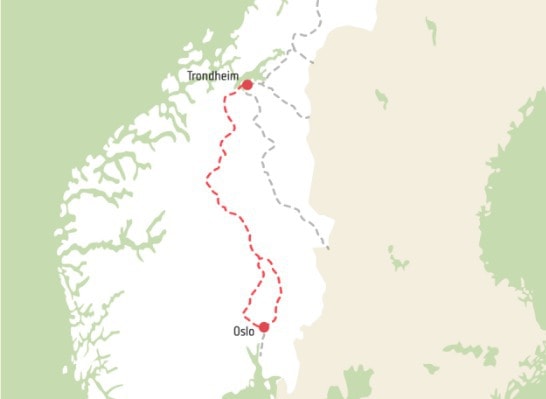
It takes trekkers on a remarkable journey through lush forests, charming villages, rolling hills, and past crystal-clear lakes, providing a true immersion into the natural beauty and cultural heritage of Norway. Along the way, hikers can enjoy the tranquility of unspoiled wilderness, encounter historic sites, and experience the warm hospitality of the local communities that dot this awe-inspiring route.
The Gudbrandsdalsleden Trail is not just a walk; it’s a unique adventure, offering a glimpse into Norway’s rich history, stunning scenery, and the allure of a remarkable cross-country journey.
Want more info on the Saint Olav Ways Pilgrimage?
Read my more detailed post about Everything You Need to Know to Walk Norway’s Saint Olav’s Way. You’ll be ready to go in no time!
Reasons Why You Should Walk the Gudbrandsdalsleden Trail
Here are five irresistible reasons why you should walk the Gudbrandsdalsleden Path, the ancient pilgrim path in Norway.
1. It’s an Infant Trail
This is the Camino de Santiago of 20 years ago. It’s in its infancy, and that makes it exciting.
The businesses and resources along the route are less developed than the Camino de Santiago since it has only existed formally as a tourism activity since 1998. The path is well-marked and maintained like the Camino, but you will not find businesses created specifically for Saint Olav Ways. Instead, you’ll find people who have converted their farm buildings to accommodate the pilgrims.
This pilgrimage is more about small business and is just good rural hospitality. Because of that lack of commercialism, you can get the most out of this travel experience by traveling slowly and ‘close to the ground,’ getting to know the locals and the culture.
Note: If comparing it to the Camino de Santiago – Gudbrandsdalsleden Trail walk is more of a hike and more challenging than the Camino overall.
Remember to train for this hike! It’s important to train for a big hike gradually and thoughtfully. So if you want to get ready for a Bucket List hiking trip, here’s how to get started training and gain momentum toward your hiking goal.
2. You (Americans) Will Be In the Minority
You’ll be in the minority unless you happen to be German! So far, the only country that has seemed to discover this beautiful walk has been Germany. Seventy percent of pilgrims are from abroad, with Germany topping the list at 32%. The Dutch were next at 9%, Swedish at 4%, and the US wasn’t even on the list!
There’s a map at the Pilgrim Center in Trondheim that pins where pilgrims are from who have completed the walk or a portion of the walk. I only saw 4 pins in the US in 2018!
Even though plenty of Americans travel to Norway, no one makes it to the center of the country to hike. Those 4 pins excited me beyond belief! To me, travel is about discovering something new, and that’s what this felt like – a secret still waiting for Americans to discover.
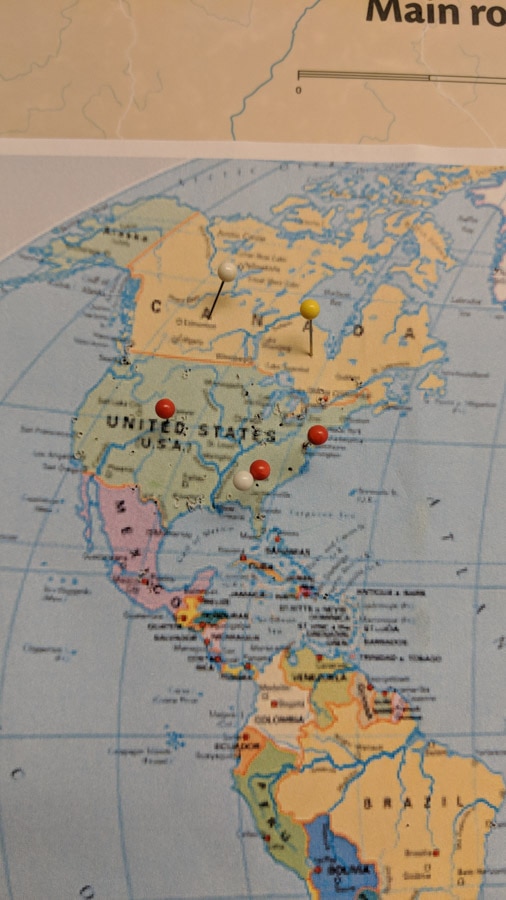

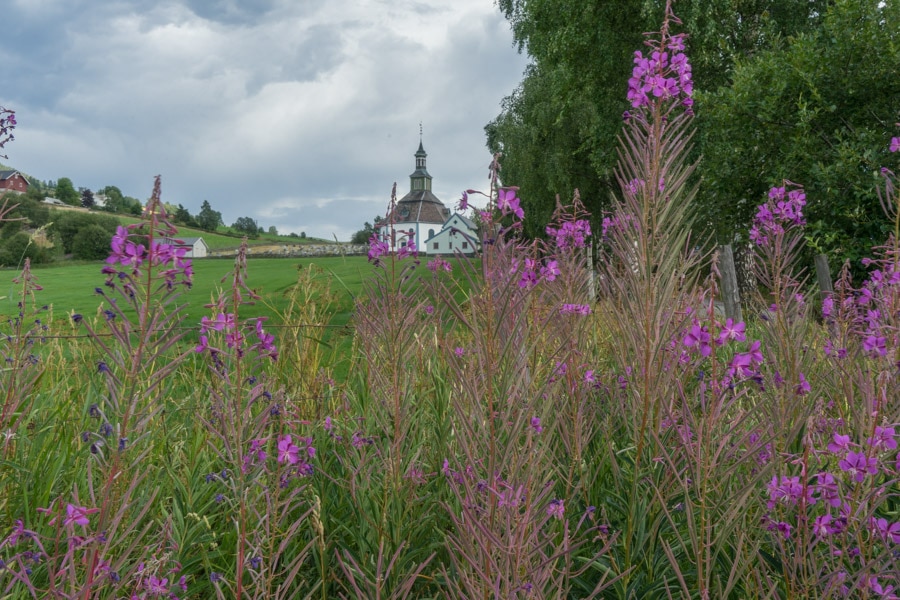
3. Cultural Immersion
You will most definitely see a different side of Norway on this hike. The path is full of interactions with locals who will happily teach you about the history and their culture. In our ‘sampling’ of the trail, we stopped and stayed at several historic farm homes (one dating back to the 1300s!) that had been updated for pilgrims coming through on the trail. Staying at these farms was a great way to learn about the local culture and rural history. The owners were eager to share their knowledge of the area and learn about you.
Some places, like Pilgrim Farm Budsjord, have roots back to the Middle Ages and were, in its time, a bishop farm under Nidaros. Today, the farm has seventeen houses, and the owners have spent extensive time and money to develop the old site. Their goal was to rebuild the farm keeping to its original heritage, and have it serve as a meeting place for travelers and local people – a place for dialogue and contemplation.
In addition to the simple, historic lodging, you could also immerse in the local food. At the Sygard Grytting Farm, they served a 3-course meal made with foods solely from their working farm. Fish caught in their pond, lamb they raised, and fresh berries for a cake. I never felt the experiences were manufactured, but they felt very special and authentic to me. Something that is hard to find in travel these days.

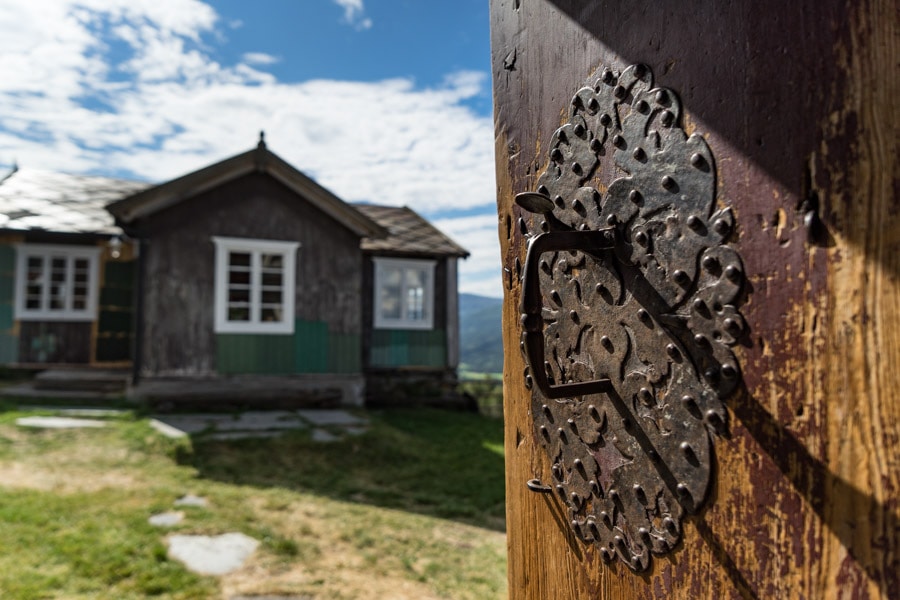
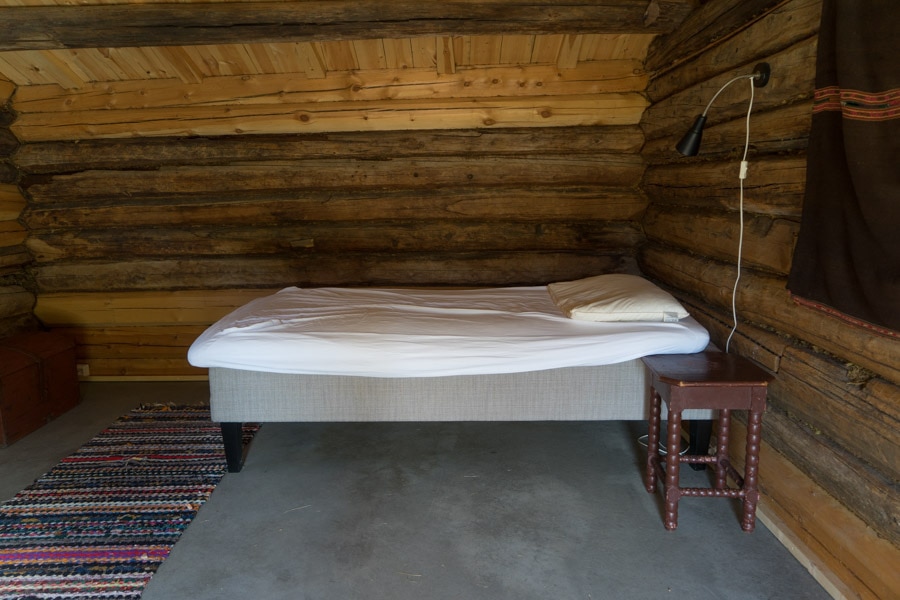

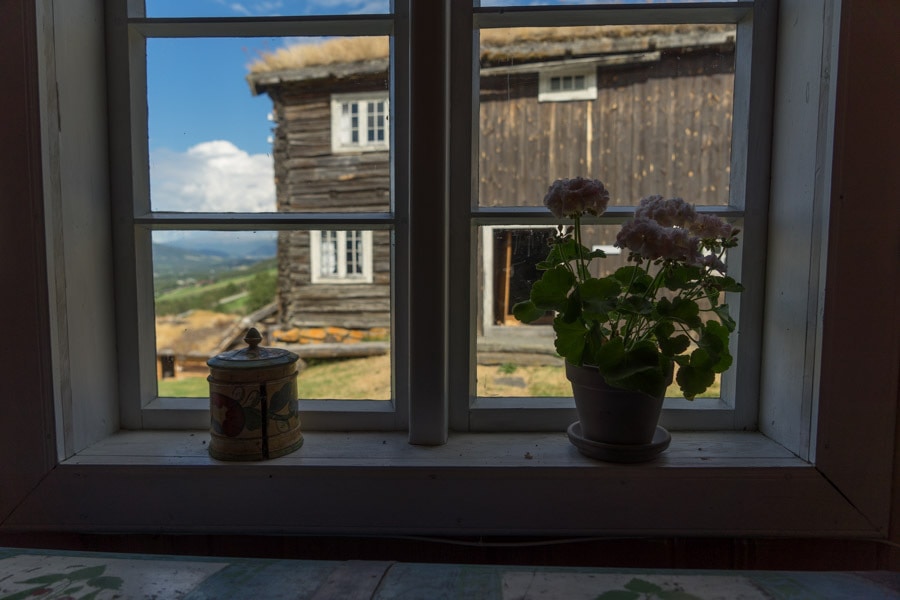
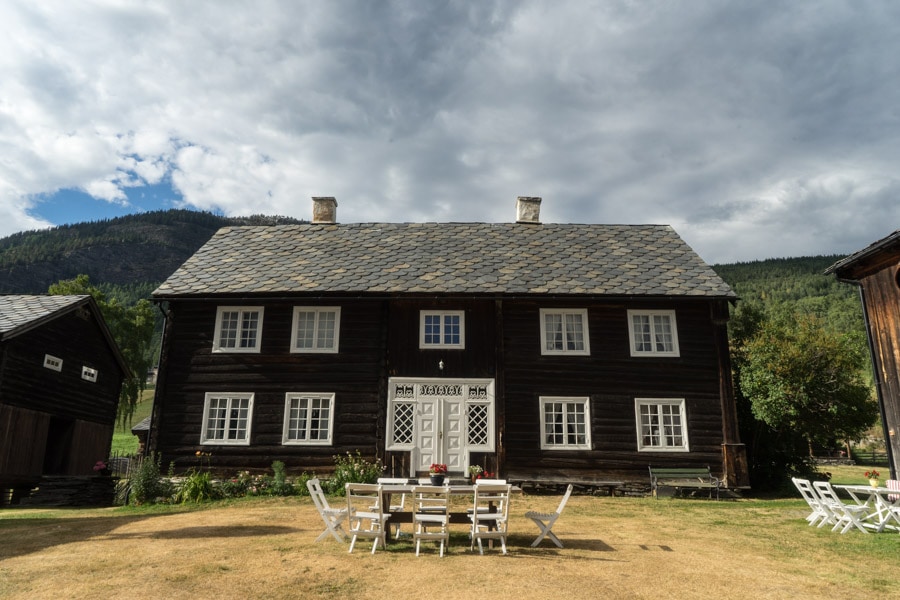

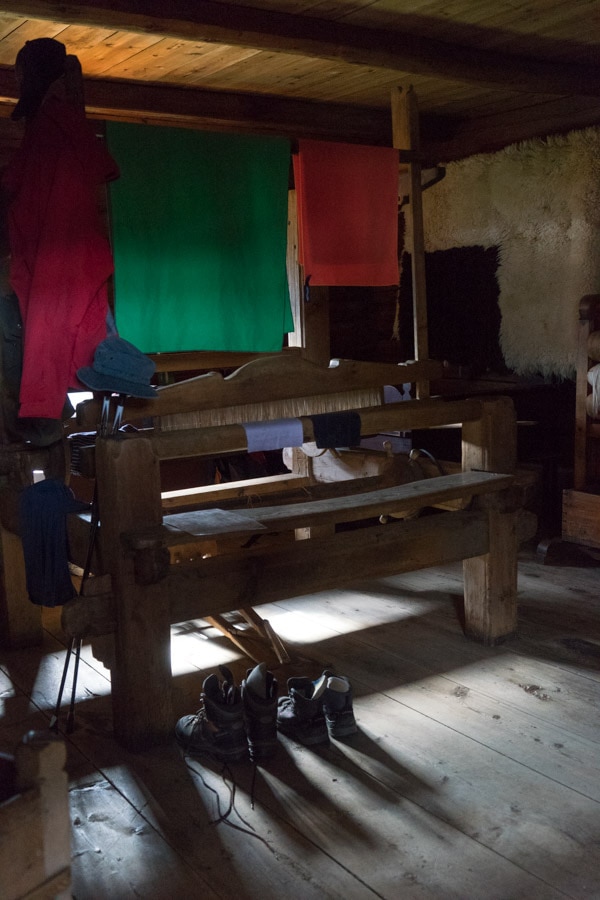
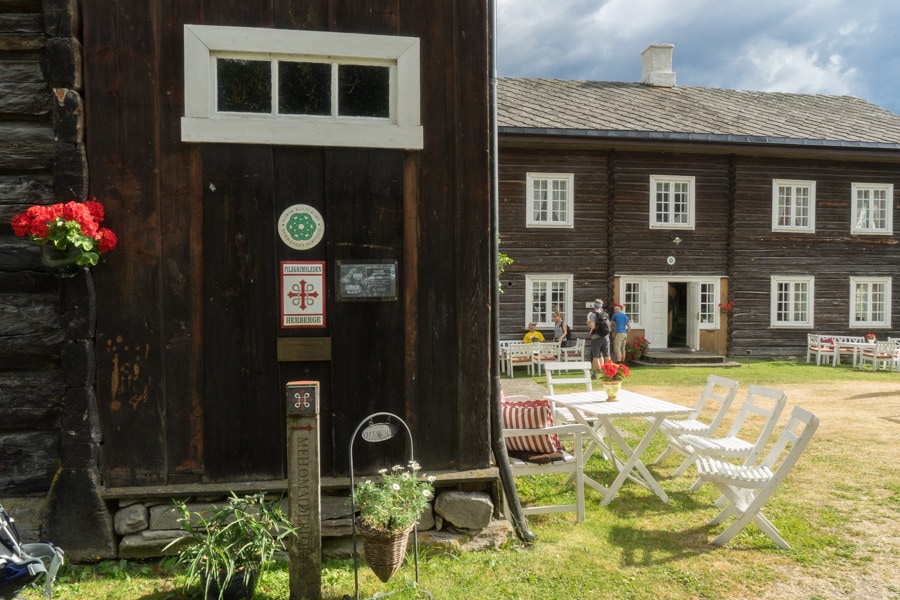
4. It’s the Ultimate Wellness Travel Experience
Who doesn’t want to take a break from everyday life? Long-distance walks like Saint Olav Ways are perfect for breaking down all of our external distractions and simply honing our focus into walking, eating, and sleeping… and treating the occasional blister!
“Modern pilgrimage can also be one of the strongest self transformative and therapeutic processes that we as human beings can use ourselves, without depending on modern professional helpers in psychology or psychiatry.” — lungariuswalk.wordpress.com
These days Forest Bathing is the latest wellness craze. Forest Bathing is a marketing term for taking a walk in the woods and argues that it has therapeutic benefits. So, suppose a simple walk in the woods is therapeutic. In that case, a 400-mile trek across a country must be uber-therapeutic!
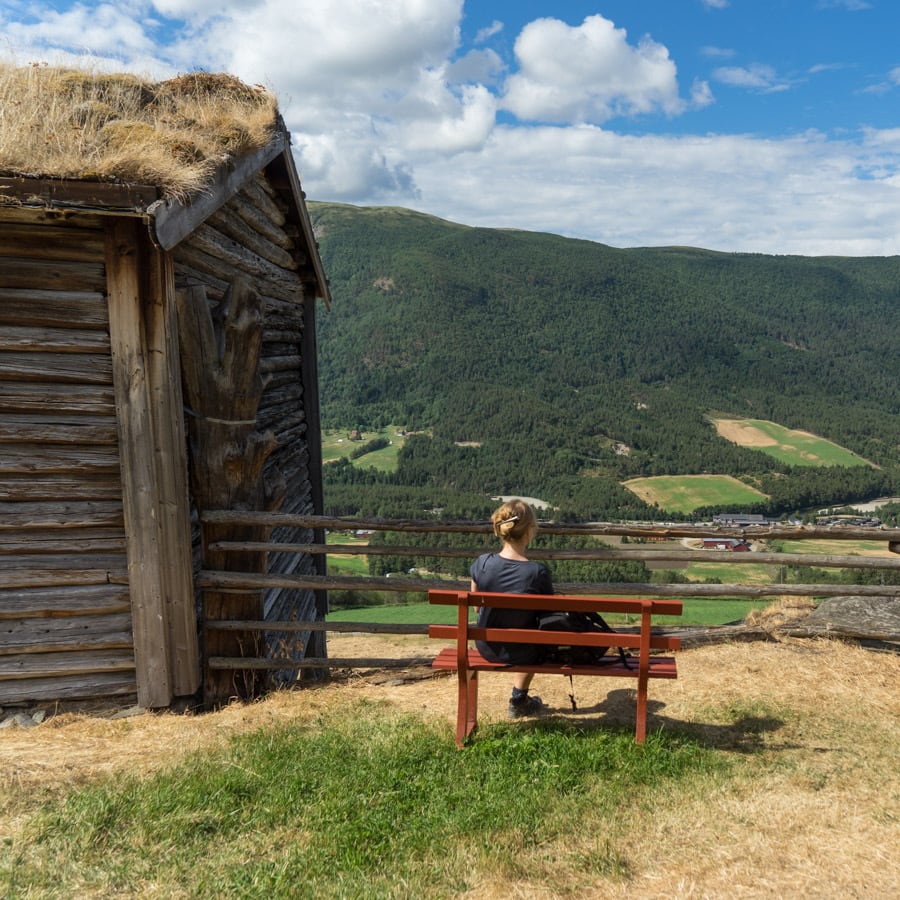
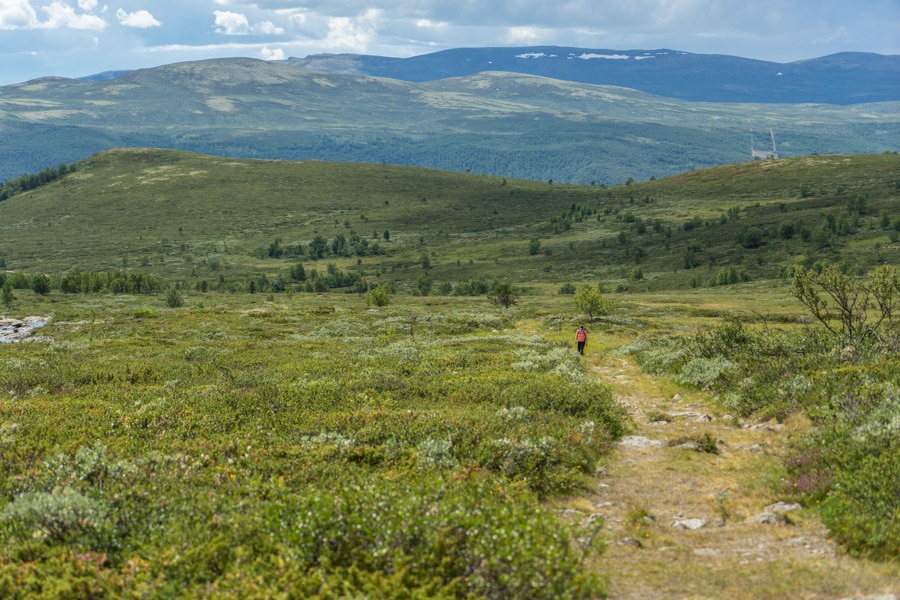
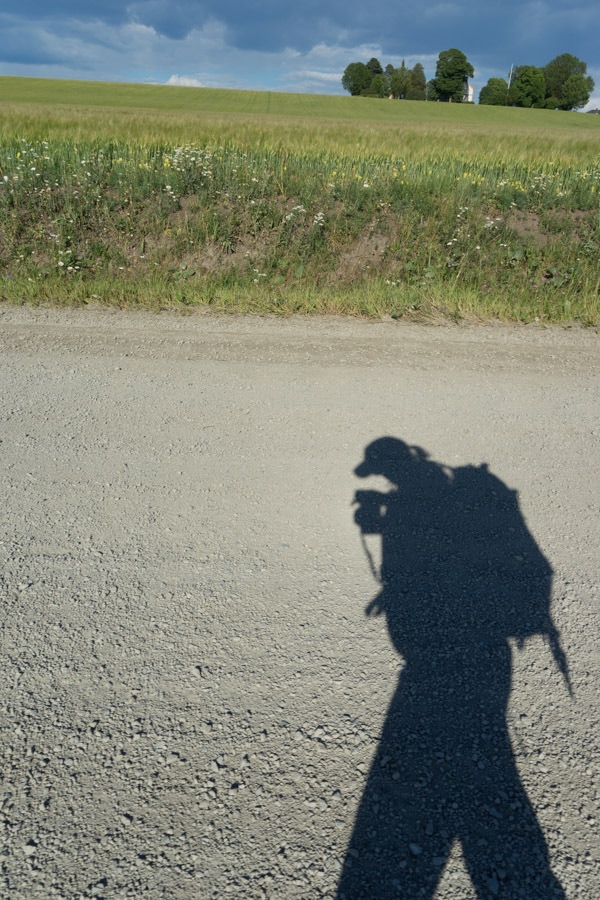
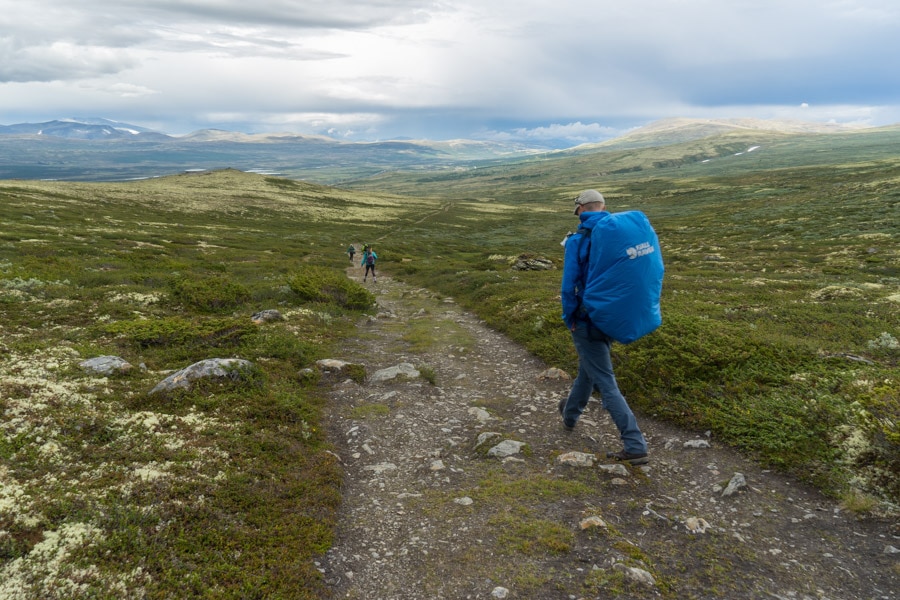
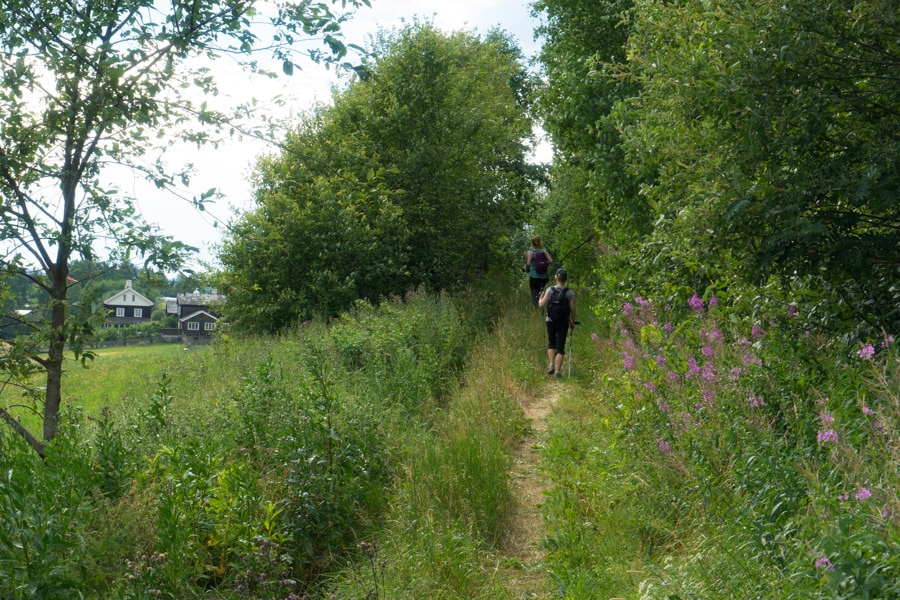
How It Helped Me
I think stepping away into the outdoors for a week (or four) to do a pilgrimage like this is essential to our well-being. When I walk, I slow down and have time to think, mull things over, make decisions, and connect the dots… all while making it to my next bed for the night.
As I slowly and steadily climbed up the Dovre mountain plateau (Dovrefjell plateau), and stopped at a cairn at the top of the pass, I imagined what it would be like to be free of the mental burdens I brought onto this trail. Then I entertained the idea of cutting off my right pinky toe and leaving that as my ultimate burden on the sacred pile of rocks.
It was throbbing that morning when I put it in my boot, thanks to a poorly placed blister that had decided to form 2 days earlier. I had popped the blister, drained and dressed it, but my toe was still unhappy.
Realizing that would only be a short-term gain in reducing my pain, I chose a small, marbled rock and placed it on the cairn. I looked around at the barren high-altitude landscape, took a deep breath of Norwegian fresh air, and kept walking.
Placing that rock was like a personal therapy session at 3000 feet while huffing and puffing my way up the stark, treeless pass. This is exactly why I think long distance walks and pilgrimages are sometimes more wellness travel than adventure travel.
5. Experience the Middle of Norway
Another benefit of hiking this route is getting to see a part of Norway that is rarely seen. So many people who go to Norway stick to traveling the popular Fjords, leaving the middle of the country rather unexplored by tourists.
Of course, this is why I loved my short time on the Gudbrandsdalsleden Trail so much. It’s undiscovered by tourists as of now. And that means you get these beautiful, authentic experiences with locals and some much-needed alone time to absorb your surroundings. This combination will make you fall in love with Norway!
I didn’t leave my severed pinky toe on the pile of rocks on the Dovre pass. Instead, I left my little rock. It felt like I left a few of those burdens behind, feeling lighter than ever as I descended the mountain. This little ‘sampling’ of Saint Olav Ways was all I needed; I will be back to conquer the entire thing. After all, I have more burdens to leave on that mountain.
Resources to Plan your Gudbrandsdalsleden Trail Walk
You don’t have to do the entire thing at once. You can slice it and dice it however you’d like. In fact, the Pilegrimsleden site has many shorter 3 and 5-day itineraries that are the perfect way to get started on the trail!
Resources in English:
Pilegrimsleden Website – has information on how to plan your trip, from where to stay to downloadable maps. It’s run by the people who manage the trail, so it’s thorough and has tons of information.
Guidebooks – There are few guidebooks in English, but this is one that was recommended:
The book is primarily aimed at the "long-haul" pilgrim, who walks in a single journey, alone or with few companions. It provides step-by-step walking instructions from one place to the next, plus a list of the facilities available, and history of places of interest. Perfect for planning!
And don’t forget to read my more detailed post about Everything You Need to Know to Walk Norway’s Saint Olav’s Way. You’ll be ready to hit the trail in Norway in no time!
5 Essential Items for your Gudbrandsdalsleden Trail Walk
-
$32.95Buy Now
One of the things I like about Klean Kanteen is that they have a system where you really just need to purchase one insulated bottle and then use their interchangeable caps for your different needs; caps for sipping drinks, straws lids for cold drinks, or chug caps. One bottle is really all you need!
I earn a commission if you click this link and make a purchase, at no additional cost to you.
03/06/2024 12:17 am GMT -
Shop Now
Compression socks are great for faster muscle recovery and to fight blood clots on long flights or long road trips.
PLUS - use discount code OTT15 for 15% off orders!
-
Buy Now
Packing organizers are the key to packing happiness – they turn your bag into a piece of furniture. I use mine to organize my different types of clothes, just like I would a dresser; one has t-shits, one has pants, one has sweaters. You get the idea – it’s packing bliss. I use and love Eagle Creek packing solutions.
I earn a commission if you click this link and make a purchase, at no additional cost to you.
-
Buy Now
I love all of their styles and normally always have at least 2 of their different hats with me on every trip I take! All of their styles offer superb sun protection. The Skin Cancer Foundation recommends the material of every Wallaroo hat with a UPF rating and a 3+ inch brim as an effective UV protectant. Plus - they have so many fashionable styles!
Use my Discount code, OTTSWORLD20, for an extra 20% regular priced items!
I earn a commission if you click this link and make a purchase, at no additional cost to you.
-
$59.95Buy Now
I love this pouch - you can fit so much into it - it really is deceptive! Whether storing cables, everyday gear, or travel essentials, Tech Pouch offers unrivaled organization and ease of access. Origami-style pockets create enormous spatial efficiency, letting you pack more into a smaller space while keeping your items neatly organized and easy to find. This goes on every trip with me!
I earn a commission if you click this link and make a purchase, at no additional cost to you.
Disclosure:
I was a guest of Visit Norway for this hike, however all opinions expressed here are my own.
This post contains some affiliate links. If you choose to purchase items through these links, I will earn a small commission at no extra cost to you. These commissions help reduce the costs of running this site

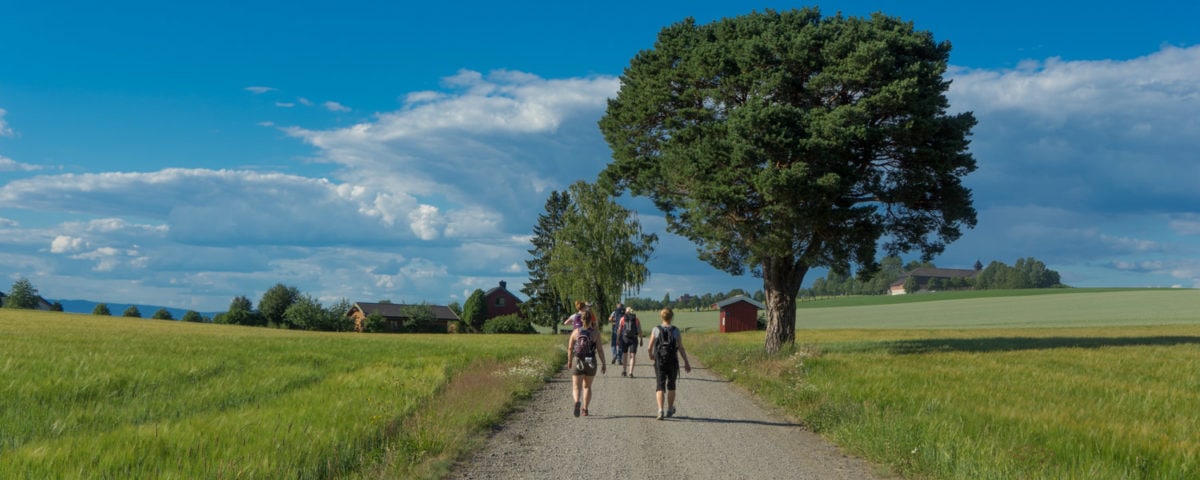
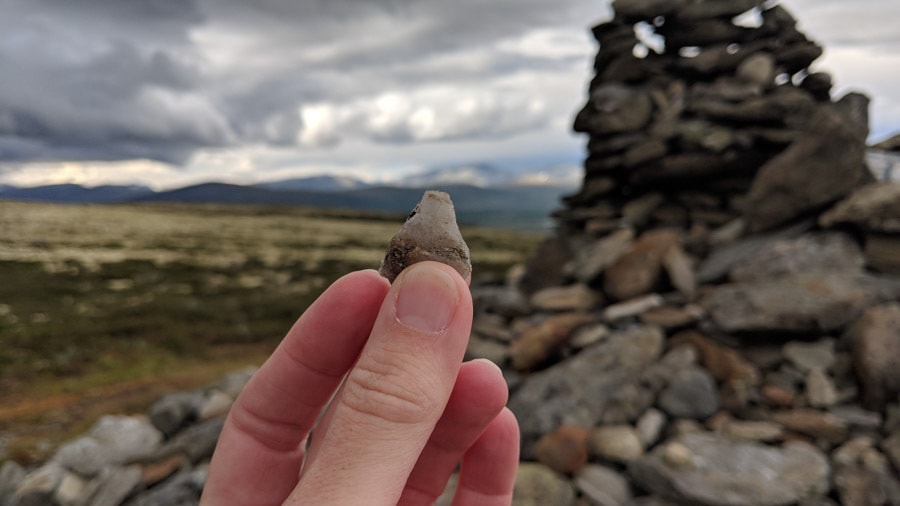
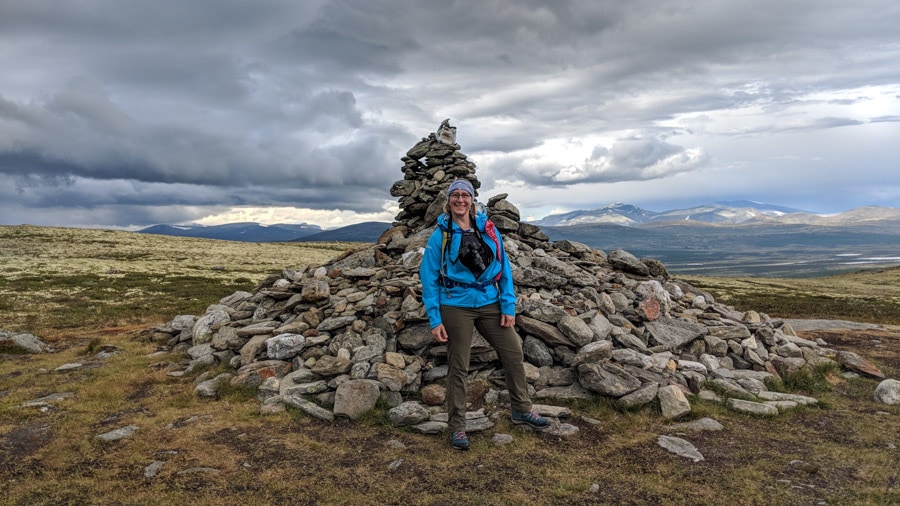
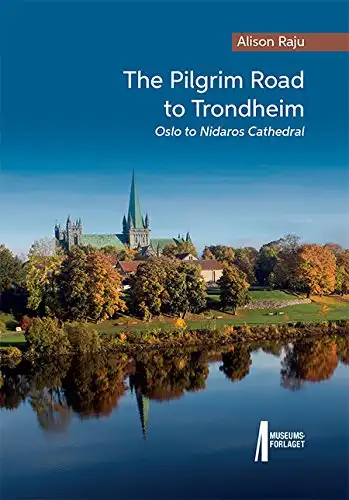






By Michelle (Lifejourney4two.com) July 31, 2018 - 3:21 pm
Hi Sherry, love this post, and the idea of having time to think about all the baggage you are carrying! We are currently in Norway and planning on driving North in a few weeks. We might venture across to the middle and maybe do a part of the St.Olavs Ways Walk. Enjoy the humour in your writing – hope your toe has healed and you feel less weighty. 😉
By Laurie August 4, 2018 - 4:56 am
Loved this article! I have visited Norway 3 times and always visit relatives in Bergen and Hallingdal area. I would love to do this walk- I wonder if any have tried to bike it?
Tusen Tak!
By Sherry August 13, 2018 - 4:35 am
There is not an official bike trail developed off of it yet and you can’t bike on the trail as I recall. However I’m sure as it develops there will be such offerings. It’s still in the early stages – which is what makes it so great!
By Juan Ovalle August 5, 2018 - 8:58 am
I’ve never considered going on a pilgrimage because I never really understood the point of it. I kind of want to start looking into it after reading your post though. What caught my attention the most was the idea of leaving all your burdens behind. It seems like something much needed by most adults nowadays
By Sherry August 13, 2018 - 4:34 am
Well – if you want to ‘dip your toe in’ – you can easily do only a week or two and see how you like it before you commit an entire month to it! I hope that you do consider it though as it’s a lovely, slow way to travel! Let me know if I can be of any help!
By Per Gunnar Hagelien August 17, 2018 - 2:40 am
Bike trail. There is a pilgrim route to Trondheim, Bicycleroute no 7, its part of the EuroVelo 3 pilgrimroute http://www.eurovelo.com/en/eurovelos/eurovelo-3
By Sherry August 17, 2018 - 7:41 pm
Thanks for sharing this great information!